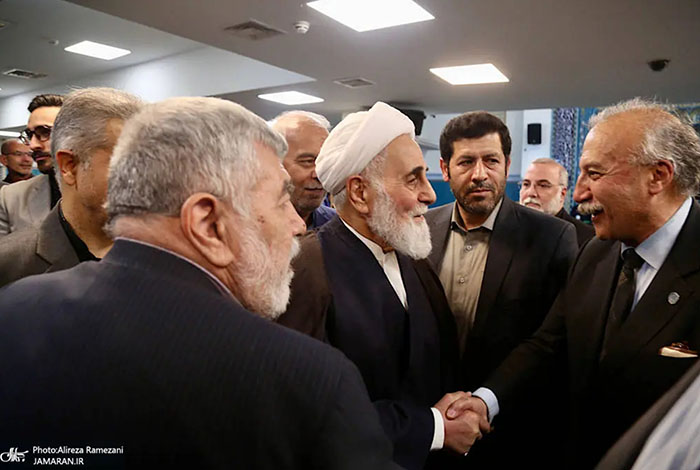Role in the Islamic Revolution
Rafsanjani’s involvement in the Islamic Revolution was both ideological and strategic. As one of Khomeini’s key aides, he helped organize the revolutionary network that would eventually topple the Shah in 1979. He was an active participant in building the foundations of the Islamic Republic and was instrumental in forming its political institutions.
Following the Revolution, Rafsanjani held numerous influential positions, including membership in the Council of the Islamic Revolution. He was one of the primary architects of Iran’s new political structure and contributed to drafting the constitution. In 1980, he became the first Speaker of the Islamic Consultative Assembly (Majles), a role he held until 1989.
Leadership During the Iran-Iraq War
Perhaps one of Rafsanjani’s most critical roles came during the Iran-Iraq War (1980–1988). After the dismissal of Abolhassan Banisadr, Iran’s first president, in June 1981, Rafsanjani was appointed by Ayatollah Khomeini as the acting commander-in-chief of the armed forces and a representative on the Supreme Defense Council. Though not a military man by training, he coordinated strategy, logistics, and war mobilization. By the mid-1980s, Rafsanjani was arguably the second most powerful man in the country.

